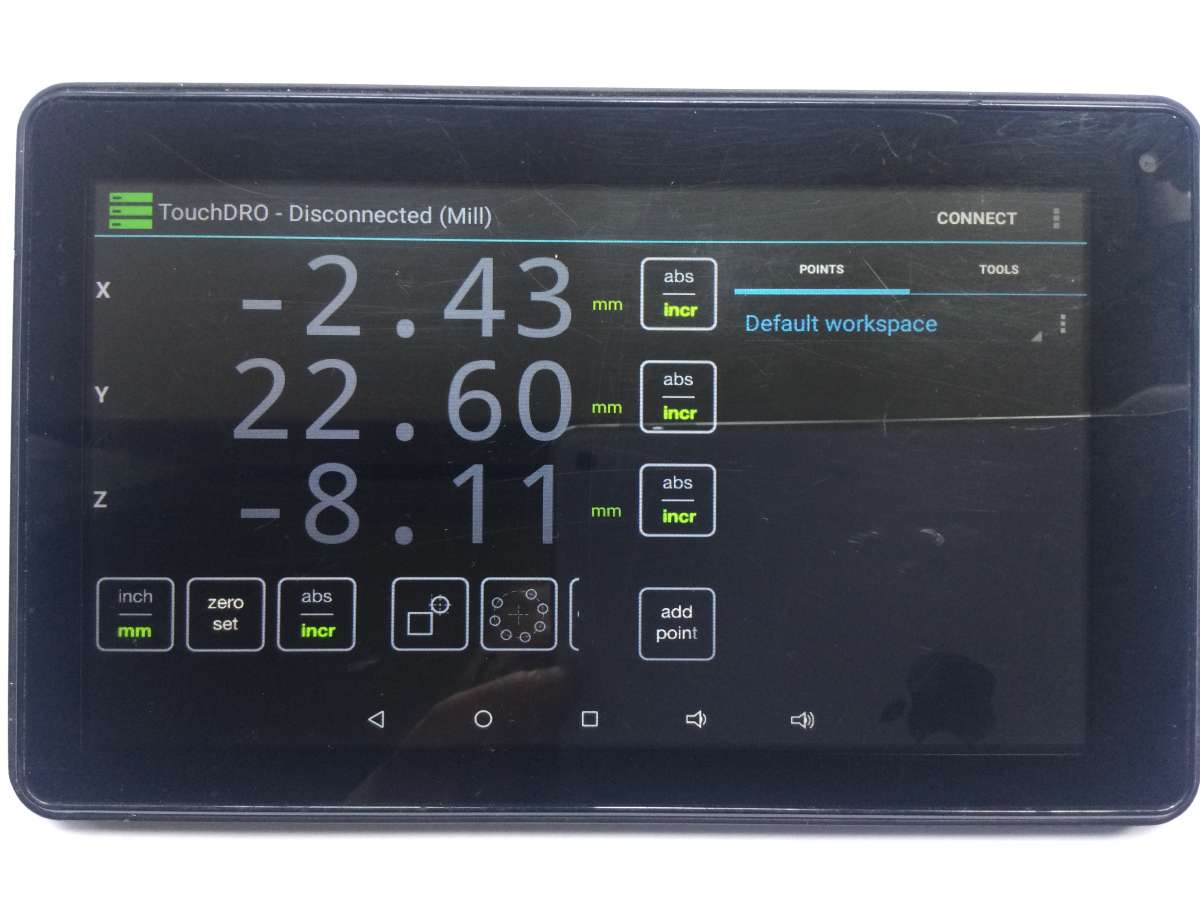Hello again, I’m in the process of fitting my DRO to my mini lathe, it replaces two separate digital displays which due to their simplicity really benefited from being mounted on the back wall of my workshop on a wedge of wood limiting their mounting position to just above the back splash guard behind the carriage.
I notice that many people seem to position their display behind the headstock, so I am guessing that this is ergonomically the right place, but I am unsure about reaching across to the left with my right arm.
What do you think?
Sorry to be a wet blanket, but is it worth the bother of fitting a DRO to a lathe at all? Whilst hugely beneficial on a milling machine, they don’t add much value to a lathe.
I’ve not done a comprehensive study of where lathe owners put their DROs, but my impression is that they’re mostly mounted on the headstock, or on the back panel just to the right of the operator when the saddle is close to the chuck, and rarely on the saddle.
Where the DRO is positioned may be as much to do with installation practicalities as ergonomics. The saddle is best ergonomically, because then the DRO and cutter are close and move together. Unfortunately, saddle mounting is the most awkward installation and the display is likely to get in the way. Fitting to the headstock is a good compromise – plenty of room for wiring etc, plus the display and chuck can both be in the same eye line. Undermined by most of us being right-handed, making access to the controls awkward. The back panel position solves the control position problem, but the display is no longer a glance away from the cutter. May not matter!
I suggest that a DRO fitted lathe is used in three modes:
- ‘set-up’, in which the DRO is used to adjust a cut by a known distance. (A job that dials do equally well unless the screw is worn)
- ‘normal’, in which the machinist concentrates on what the cutter is doing, and rarely looks at the DRO
- ‘instrument flying’, in which the machinist trusts the DRO read-out and doesn’t eyeball the cutter.
CNC machines are the ultimate in ‘instrument flying’, and their controllers are positioned in all manner of places. This early example shows the ‘DRO’ and operator several feet away from the machine, and some modern installations put the control panel so the operation stands with his back to the machine. I guess this is done to stop unskilled machine minders trying to fix stoppages: it forces them to send for an expert!

Dave
 Fulmen.
Fulmen.






